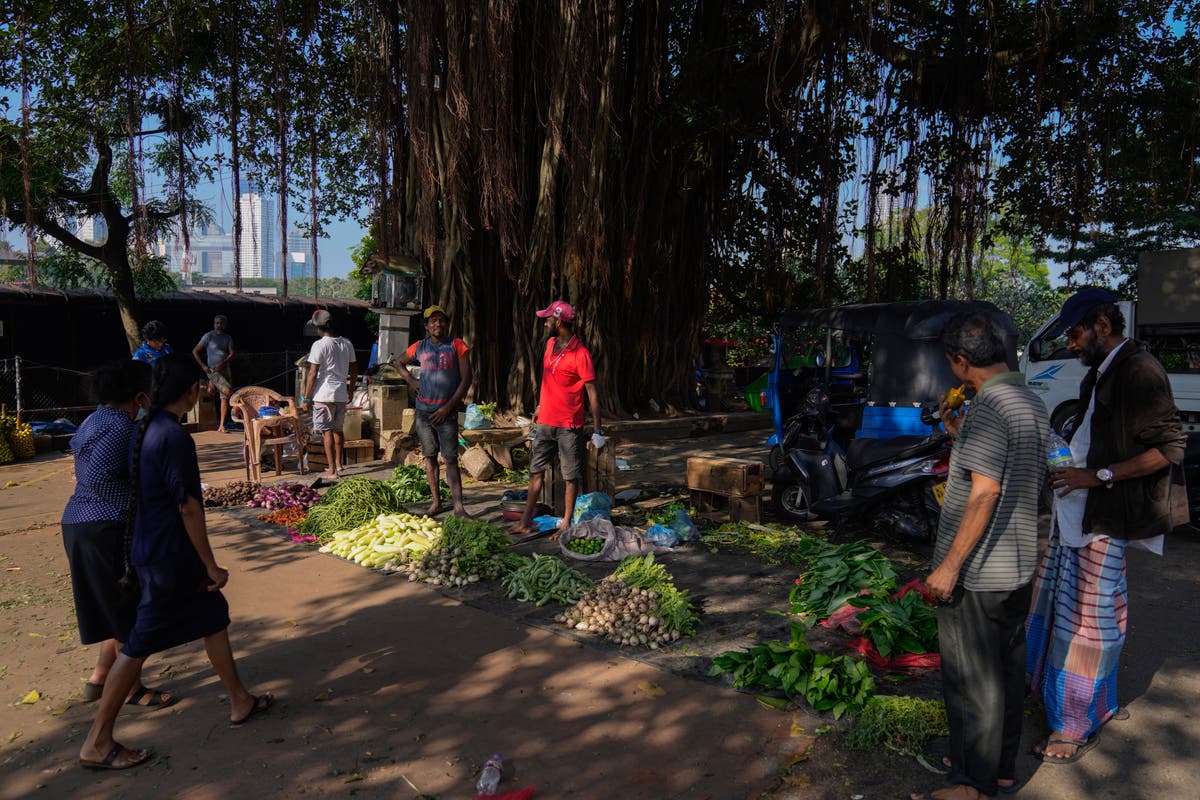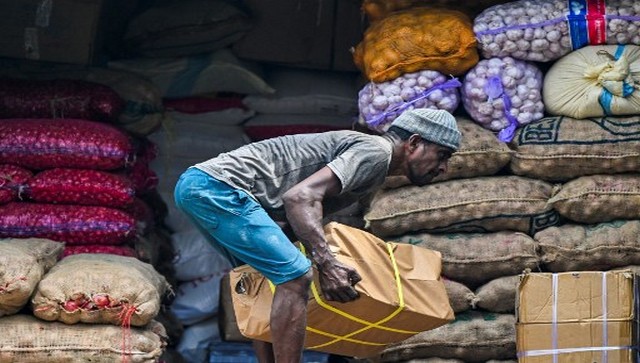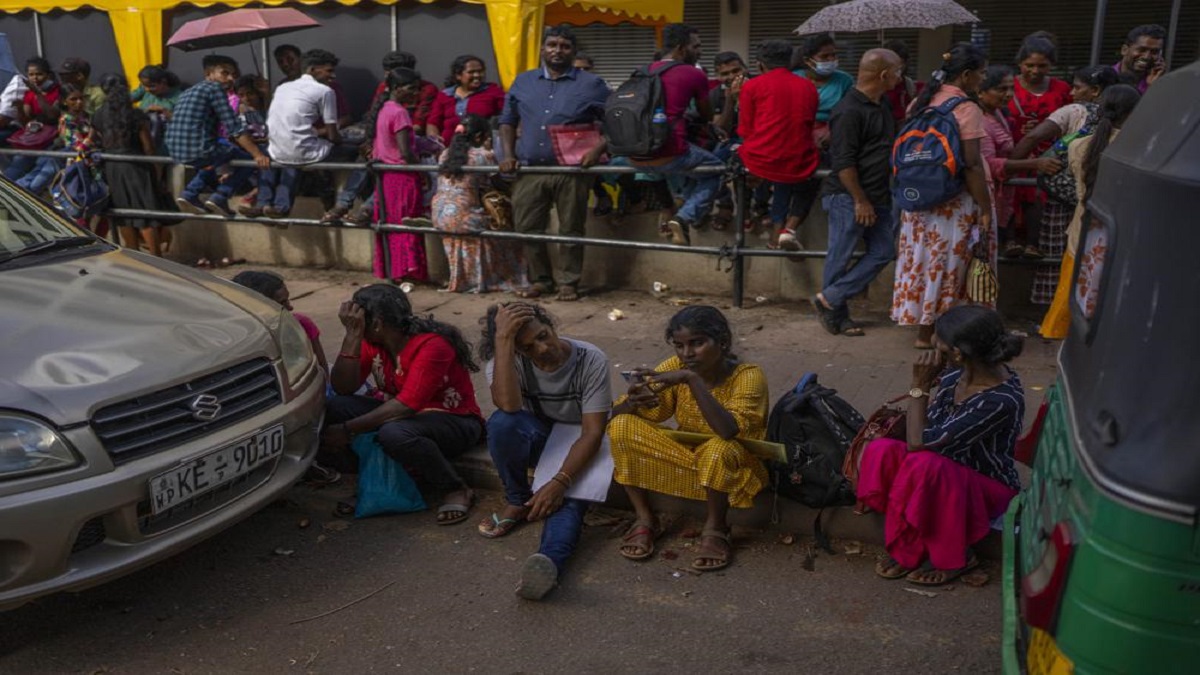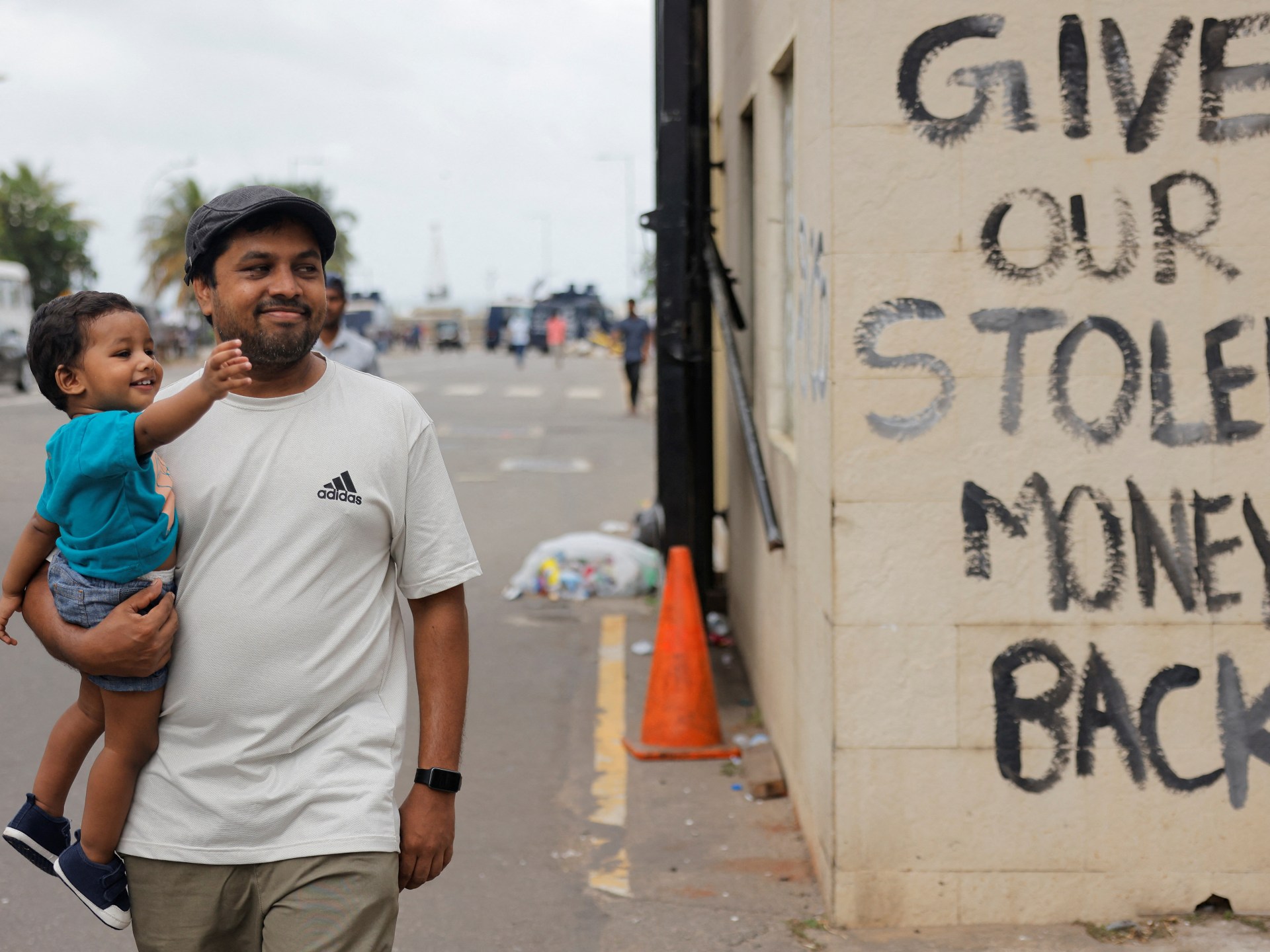Sri Lanka: The siege within
The HinduOn the night of Avurudu, the Sinhalese New Year, which falls on April 14, people poured out onto the streets of Colombo, the Sri Lankan capital, in a celebration of sorts. Yet again, on the occasion of the Tamil and Sinhala New Year, Mahinda Rajapaksa tweeted: “As the New Year dawns on our nation during one of the most challenging times for us as a people, let us come together as one, to work towards a better future for #Sri Lanka.” His message had only greetings written, unusually, only in Sinhala. Rajapaksas doing what Rajapaksas do.” Bankruptcy & debt default On April 12, Sri Lanka finally took the most difficult financial decision in recent times: to stop all international debt payments until the country’s economy improved. A release from the Ministry of Finance said: “It shall therefore be the policy of the Sri Lankan government to suspend normal debt servicing…for an interim period pending an orderly and consensual restructuring of those obligations in a manner consistent with an economic adjustment program supported by the IMF.” Sri Lanka’s total foreign debt is $51 billion. The government has taken extraordinary steps in an effort to avoid a resort to these measures, but it is now apparent that any further delay risks inflicting permanent damage on Sri Lanka’s economy and causing potentially irreversible prejudice to the holders of the country’s external public debts.” Sri Lanka’s Daily FT headline on page one screamed the next morning: ‘Sri Lanka declares bankruptcy.’ This is the first time since Sri Lanka became independent that the country had defaulted on its external debt service obligations.
History of this topic
IMF says the economic situation in debt-stricken Sri Lanka is gradually improving
Associated Press
Sri Lanka will get the second tranche of a much-need bailout package from the IMF
The Independent
Sri Lanka Woos Indian Travellers with Weak Currency
Deccan Chronicle
ECONOMIC PERSPECTIVES | Sri Lankan debt crisis to get worse if IMF prescription is heeded
The Hindu)
Sri Lanka has no money to hold presidential polls in 2023: Cabinet spokesman
Firstpost
IMF says Sri Lanka’s economic recovery shows signs of improvement but challenges remain
Associated Press
In too deep: The Hindu Editorial on Sri Lanka’s economic crisis and the IMF aid package
The HinduIMF approves $3-billion bailout for Sri Lanka; tackling corruption a key condition
The Hindu
IMF approves crucial $3 Billion bailout for bankrupt Sri Lanka
India TV News)
Sri Lanka's crisis-hit economy shrank by record 7.8% last year
Firstpost
Sri Lanka unions stage strike to protest against IMF bailout plan
Al JazeeraSri Lanka says ‘positive news’ coming from IMF on $2.9 billion package
The Hindu
Sri Lanka's central bank raises interest rates in anticipation of IMF bailout
India TV News)
Sri Lanka hikes power prices by 66% hoping to ensure IMF bailout
Firstpost
India did not wait, did what was right to help Sri Lanka: Jaishankar
The Hindu
Sri Lanka awaiting assurances from India, China, says Central Bank Governor
The Hindu
Will an IMF deal help Sri Lankans?
Al Jazeera)
Five months of Sri Lankan crisis: From state of emergency to $2.9 billion bailout deal
Firstpost
Sri Lanka’s president says IMF talks nearing successful end
Associated Press
Sri Lanka President Raises IMF Loan Hopes, Budget Aims to Bolster Revenue
News 18Sri Lanka President raises IMF loan hopes, budget aims to bolster revenue
The Hindu
Sri Lanka's president to present relief budget amid crisis
The Independent
Sri Lanka must manage existing resources: Central Bank Governor
The Hindu
Envoy says India-Sri Lanka should build framework to discuss maritime concerns like the Chinese ship
The Hindu
Sri Lanka bans import of 300 items of consumer goods to stabilise economy
India TV News)
Sri Lanka economic crisis: IMF delegation to visit Colombo next week to conclude staff-level agreement
Firstpost
IMF delegation to visit Sri Lanka by August end: Central Bank Governor
The Hindu
Sri Lankans bide time as leaders seek fix for economic woes
Associated Press)
Sri Lanka Parliament Extends Emergency Amid Continued Crisis
News 18
Sri Lanka’s Parliament approves state of emergency
Associated PressSri Lanka to restrict fuel imports for next 12 months
The Hindu
In Sri Lanka, the crisis is not over, yet
Hindustan Times
India says Sri Lanka crisis severe, no spillover
Deccan Chronicle
Sri Lanka’s political turmoil sows worries for recovery
Associated Press
Sri Lanka’s political turmoil sows worries for recovery
India TV News
Sunanda K. Datta-Ray | Keep race, religion out in a Sri Lankan revival plan
Deccan Chronicle
The AP Interview: Sri Lanka candidate sees tough work ahead
Associated PressSri Lanka crisis updates | July 15, 2022
The Hindu
Sri Lanka crisis updates | July 13, 2022
The Hindu
Sri Lanka latest updates: PM asks speaker to choose new leader
Al Jazeera
Timeline: Sri Lanka’s worst economic, political crisis in decades
Al Jazeera
Sri Lanka in crisis: What, why and how?
Al Jazeera
EXPLAINER: Why Sri Lanka’s economy collapsed and what’s next
Associated Press
Sri Lanka talks grow urgent as political vacuum deepens
The Hindu
Speaker Mahinda Abeywardana may be Acting President of Sri Lanka
Hindustan Times
Sri Lankan crisis is serious matter, India's focus is on helping them: EAM S Jaishankar
India Today
Amid escalating Colombo crisis, India vows it will \'stand with people of Sri Lanka\'
Deccan Chronicle
Sri Lanka Crisis Updates: 'Missing' President Rajapaksa Orders Distribution of Cooking Gas amid Stir
News 18
Sri Lanka crisis: How did we get here and what comes next?
Al Jazeera
Sri Lanka hopes to install new gov’t after day of chaos and rage
Al JazeeraDiscover Related




)






)




)







)




)










